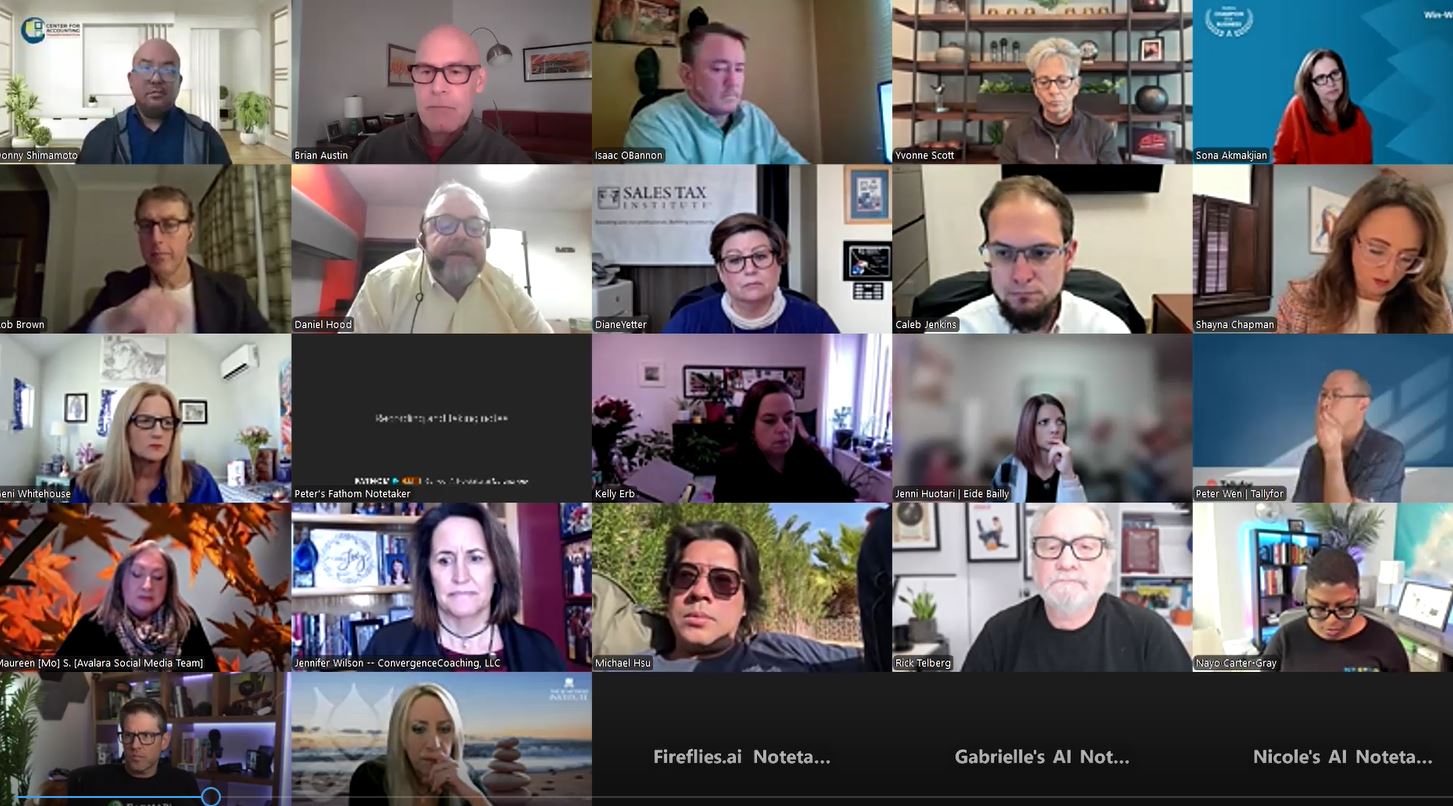If you have clients with college age children, now may be a good time to refresh your knowledge about the various tax education benefits that are available and the strategies for making the most of them. Here are four tips that can help you determine the best approach for maximizing benefits depending on your clients’ specific circumstances.
Wait for Cost Intensive Years to Claim AOTC
For taxpayers who are eligible, the American Opportunity Tax Credit (AOTC) is usually the most advantageous education tax benefit available. It provides a maximum credit of $2,500 per student per year, of which $1,000 of the $2,500 (40%) may be refundable. It does have its restrictions, however, one of which is that it can only be used for up to four tax years of post-secondary, pre-graduate education. If your client’s child is only able to qualify for a small amount of AOTC in their first or second year of college because they have a minimal amount of qualified education expenses (for example, if they are attending a low-cost junior college), it might be wise to delay claiming the AOTC until the student is in their more cost intensive years. This will allow them to claim a greater amount in AOTC, particularly if it looks like they are not likely to complete their undergraduate education in four tax years, a common scenario. Your planning objective should be to maximize the AOTC credit of $10,000 ($2,500 x 4 tax years). Keep in mind that the student would still likely be eligible for the Lifetime Learning Credit or the Tuition and Fees deduction, even if they do not claim the AOTC.
Make Scholarships Taxable to Maximize AOTC
A client whose child receives a tax-free scholarship or grant and is not receiving the maximum AOTC should check the terms of the scholarship or grant to see if it is “restricted” or “unrestricted.” When a scholarship or grant is unrestricted, it means that the money can be used to pay any type of education expenses, including non-qualified expenses; one example of an unrestricted grant is the Pell grant. You may be able to maximize the AOTC for a client whose child receives an unrestricted scholarship or grant by making some, or all, of the scholarship or grant taxable. The amount of any increased credit will in most circumstances more than offset the additional tax liability that comes from making the scholarship or grant taxable. This can be a balancing act, just taxing enough of the scholarship or grant to maximize the credit.
Include Tax-Free ESA or 529 Expenses in Income to Maximize Credits
A similar consideration can be made if the student plans to pay for their educational expenses with funds from a Coverdell ESA or 529 plan. The same educational expenses cannot be used to claim an educational credit and take a tax-free distribution from a Coverdell ESA or 529 plan; thus, if the educational expenses are used to claim a credit, the portion of the distribution that represented tax-free earnings must be included in income. In this case, the amount of increase in income tax from including the earnings part of the distribution in income again is usually more than offset by the increase in the educational credit.
Prepay Tuition for Spring Academic Period by December 31st
If your client’s child is already enrolled in an eligible educational institution and the end of the tax year is approaching, your client may be able to increase the amounts eligible for either the educational credits or the deduction by prepaying the tuition and fees for the spring academic period by making payments by December 31st. This is because payments made in the tax year for academic periods either beginning in the current year or the first three months of next year qualify for a credit or deduction in the year paid.
While most tax software will calculate the most beneficial credit or deduction based on the information you enter, it’s better to understand the nuances of each tax benefit rather than relying on your program. Just entering the information provided by the client or reported on the 1098-T may not always guarantee that your clients’ tax benefits are maximized, especially when there are tax-free scholarships or grants, or distributions from their Coverdell ESA or 529 plan, or when you are trying to maximize the tax benefits over more than one tax year.
————–
Dave Du Val is vice president of Customer Advocacy for TaxAudit.com. He is an Enrolled Agent and federally authorized tax practitioner, who has prepared thousands of returns during his career and has trained and mentored hundreds of tax professionals. He is a member of the National Association of Tax Professionals, the National Association of Enrolled Agents and the California Society of Enrolled Agents. As Vice President of Customer Advocacy at TaxAudit.com, Dave ensures that the entire team is on the forefront of tax education and research. Dave also holds a Master of Arts in Education and has been educating people since 1972 and is a frequent guest speaker for the California Society of Tax Consultants, the California Society of Enrolled Agents and the National Association of Tax Professionals.
Thanks for reading CPA Practice Advisor!
Subscribe Already registered? Log In
Need more information? Read the FAQs
Tags: Accounting, Benefits




![gavel1_11537663[1]](https://www.cpapracticeadvisor.com/wp-content/uploads/2020/03/gavel1_11537663_1_.5e6a69aa237a8.png)
